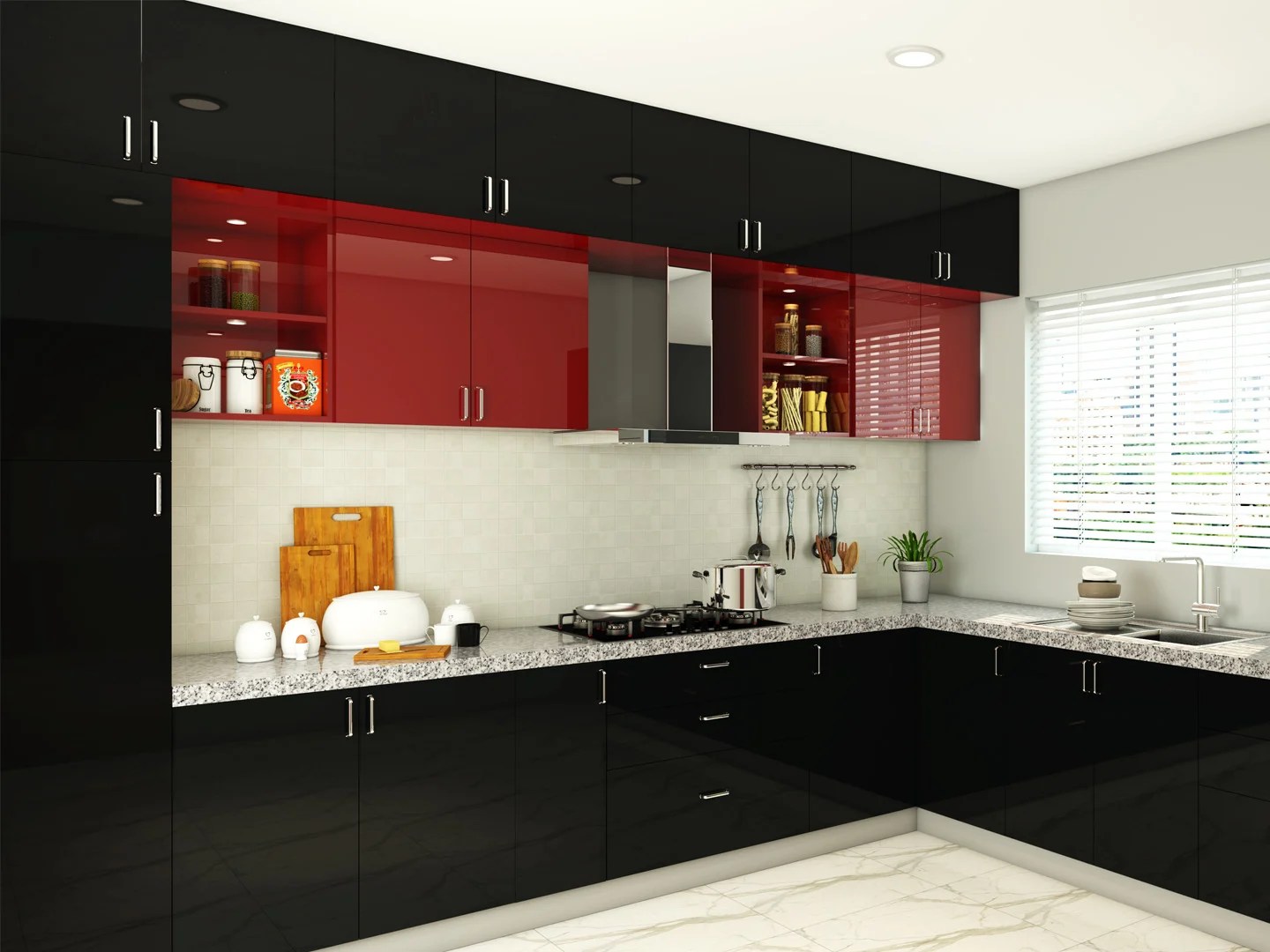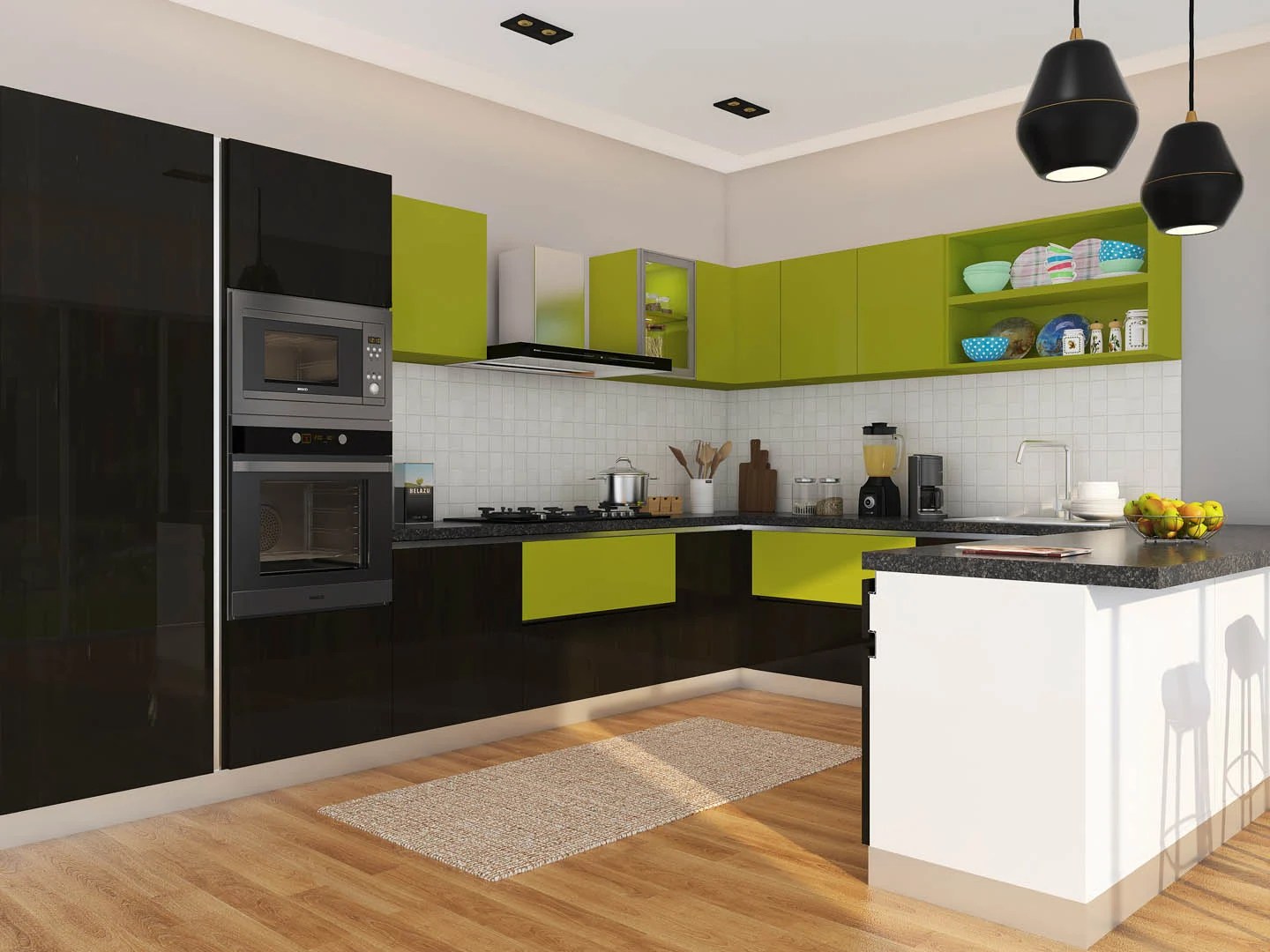Japandi is a style that mashes up both Japanese and Scandinavian design principles. It is becoming very popular globally and that is because these philosophies can be contextualized to be used anywhere in the world. Both these individual interior design languages go back centuries and are rooted in very similar places logically. In essence of their logic, both design styles emphasize revolving the design purely around a high quality of life. They both rely on using calming, soothing palettes and clean lines combined with natural elements to form a beautiful home. Japandi and its causal relationship with the happiness of the users cannot be ignored. We at D2B Spaces deeply believe that the magic, or greatness, in a design will shine through when the design is able to improve the quality of life of the users. There are several design languages, techniques, materials that can better the quality of life, user experience and overall impact that a space can have and Japandi is one of them.

Japandi mainly draws from two concepts, the Japanese, Wabi-Sabi, and the Scandinavian concept, Hygge. We will talk about both these concepts a little bit, so that we can contextualize what merging these two styles would mean and learn a little bit about where they come from. Wabi-Sabi is a philosophy or way of living that has been translated into a set of design philosophies and hence a language as well. Wabi-Sabi throws out a lot of notions that western design clings to for comfort like symmetry, perfection. It has origins from Zen Buddhism in Japan and has been practiced for centuries. Wabi-Sabi hinges on three main notions: nothing is perfect, nothing is complete, nothing lasts. It acknowledges these as simple realities and translates them into a simple acceptance of the cycle of birth and decay that life takes naturally. How does one take these notions forward with design? Find beauty in the smallest details, embrace the imperfections, allow for wear and tear and enjoy the aging process, celebrate impermanence. Intentionality is a big thing in Wabi-Sabi. Everything you do must be well-intentioned and with purpose and this is a great philosophy to develop for any style of design. Focus on every little detail, place every object, furniture unit, surface treatment with intention and remember that less is more. Wabi-Sabi essentially tells you to ignore perfect symmetry, clean lines and go with what feels good and natural to the eye. When it comes to Hygge, the word is originally used to describe a feeling or a state of mind. Very much like Wabi-Sabi, the principles of Hygge have been extended to design as well. The feeling of Hygge comes from comfort and coziness and originated from the need of Scandinavian states to provide some form of respite or haven from the harsh winters of the region. This part of the world has more cold, gloomy days than warm and bright ones and so the entire mindset of Hygge relies on creating beauty out of small rituals, creating warm and comforting spaces indoors, and being present in the moment. Therefore, Hygge is not so much about a particular style, but very user specific. Hygge is about what brings the feeling of comfort and coziness to each client specifically. Hygge dictates that you pay attention to specific details like touch and feel and how they add to the comfort level of the client. Hygge and Wabi-Sabi are married in the style that we call Japandi. The new language draws on the philosophies of both these two age-old philosophies and comes up with a new set of principles that are based around quality of life and optimized living. We will talk about how to go about creating a Japandi design philosophy in any atmosphere.

Japandi relies on the following concepts being followed:
- Minimal clutter
- Clean lines
- Emphasis on natural, organic materials
- A color palette that emphasizes neutral tones with a special focus on whites and browns.
- Lots of natural light

Japandi essentially focuses on interior design that is centered around the quality of life of the user, whether it comes down to color palette, use of material, intentionality in the placement of objects. The principles that Japandi brings to residential interior design can be applied to any design style and can be easily contextualized for interior design in homes in Bangalore, India.
You can buy products designed on the principles of Japandi from our product line here. 







